Sewing is an art that requires a great deal of skill, patience, and precision. While having a good sewing machine is undoubtedly essential, it’s the small sewing tools that truly take your crafting game to the next level. These tiny tools may seem insignificant, but they can make all the difference when it comes to achieving professional-looking results.
1. Pins and Pin Cushion
Pins are an absolute necessity when sewing. They are used to hold fabric pieces together while you work, ensuring that everything stays in place. There are different types of sewing pins available, including glass head pins, quilting pins, and ballpoint pins, each designed for different sewing tasks. A pin cushion is a small cushion or a container that holds your pins and keeps them organized. It also comes in handy when you need to quickly grab a pin while working.
2. Seam Ripper
A seam ripper is a small, pointed tool used to remove stitches. No matter how careful you are, mistakes are bound to happen while sewing. Instead of losing your hard work, a seam ripper allows you to quickly undo your stitches and correct any errors. It’s also useful for ripping out hems, opening buttonholes, and ripping out zippers.
3. Measuring Tape and Ruler
Accurate measurements are critical in sewing. It’s essential to have a measuring tape for taking body measurements and measuring fabric pieces before cutting. A ruler is also useful for drawing straight lines, measuring small distances, and making precise markings on your fabric. These tools ensure that your sewing project turns out just the way you want it.
4. Fabric Shears and Pinking Shears
Fabric shears are scissors specifically designed for cutting fabric. They have longer blades and sharp, finely pointed tips that easily cut through fabric with precision. It’s vital to invest in a good pair of fabric shears as using regular scissors can result in frayed edges and uneven cuts. Pinking shears, on the other hand, have zigzag-shaped blades and are used to prevent fabric from unraveling.
5. Hand Sewing Needles and Thread
Although sewing machines are handy, there are times when hand stitching is necessary. Hand sewing needles are essential for sewing on buttons, creating hand stitches, and adding delicate details to your project. Make sure to have a variety of needle sizes and types on hand for different sewing tasks. Along with needles, having a selection of good quality thread in different colors is a must for any sewist.
6. Fabric Marking Tools
When working with patterns, it’s crucial to accurately mark and trace pattern pieces onto your fabric. Fabric marking tools, such as chalk, fabric pens, and tailor’s chalk, make this task easier. These tools come in various colors and wash out easily, ensuring that your markings don’t stay on your fabric permanently.
7. Thimble
While hand sewing, it’s common to push the needle through multiple layers of fabric, which can be tough on your fingers. A thimble is a small, hard cap worn on your finger to protect it from the sharp and repetitive motion of the needle. It also helps you push the needle through tough fabric without hurting your finger.
These are just some of the small sewing tools that are essential for any sewist. As you continue to sew and improve your skills, you may discover new tools that work best for you. Remember, having the right tools can make all the difference in achieving professional-looking results in your sewing projects. Happy sewing!
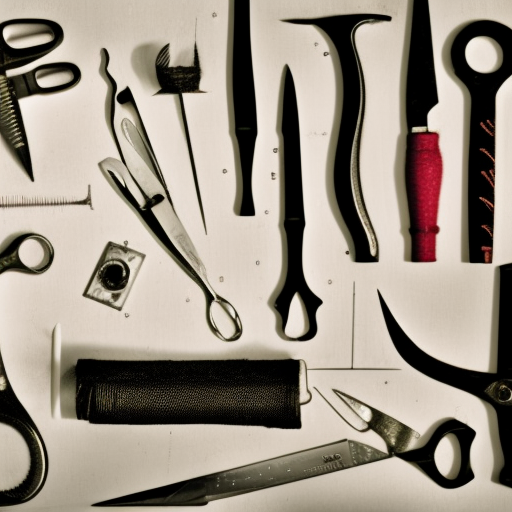
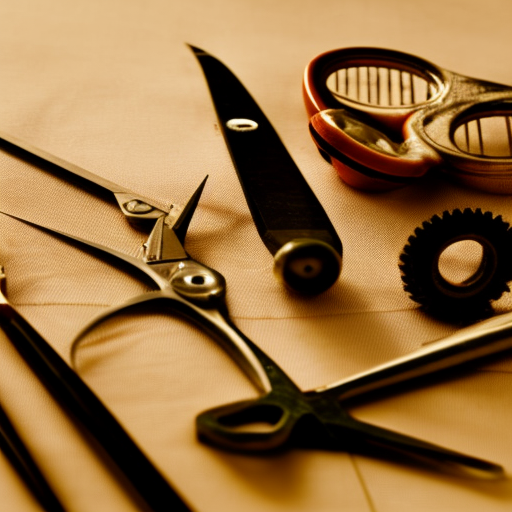
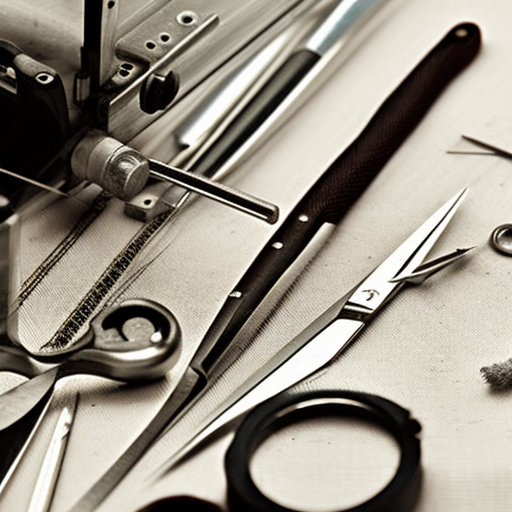
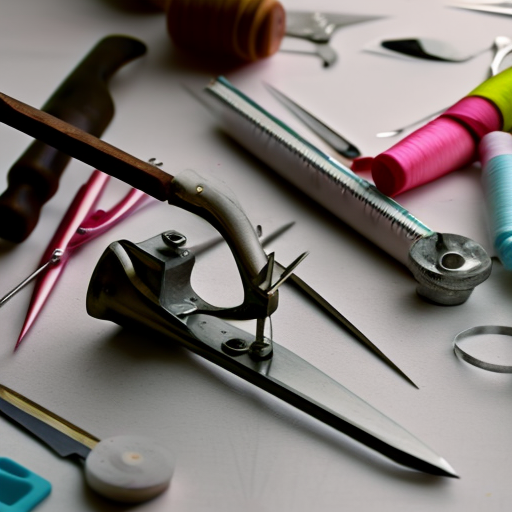
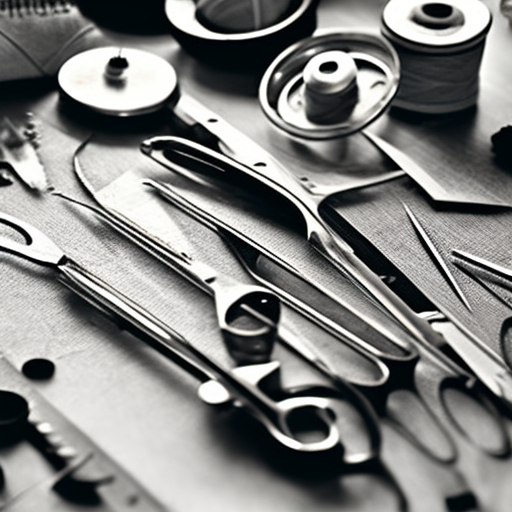
A great guide for beginners!
Amy Miller: Sewing is so much fun!
John Doe: An informative article!
Agreeing with the previous comments, this article looks like a great resource for those who are new to sewing and looking for help picking the right tools for their project! #sewing #smallsewingtools #beginnerguide
An essential guide for any aspiring sewist! 🧵 #sewing #sewers #sewingtools